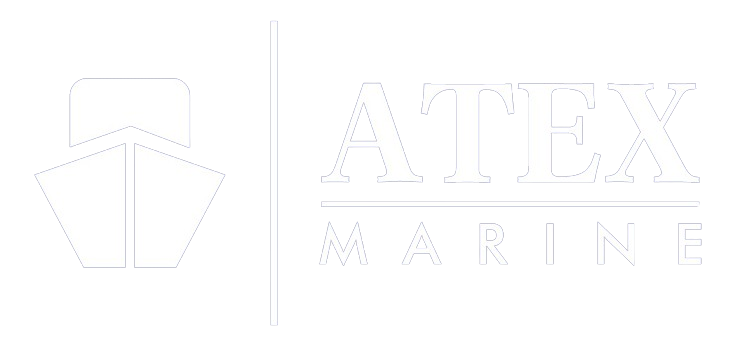AUTOMATION
Understanding Marine Tank Level Gauging Systems
Marine Tank Level Gauging Systems are critical onboard installations used to monitor and manage the levels of liquids or gases stored in tanks aboard ships and offshore platforms. These systems provide accurate measurements of fluid levels, ensuring safe and efficient operation of various processes such as fuel management, cargo handling, and ballast operations. This guide explores the key aspects of marine tank level gauging systems and addresses frequently asked questions about their types, technologies, operation, calibration, maintenance, and regulatory compliance.
What are Marine Tank Level Gauging Systems?
Marine Tank Level Gauging Systems are instruments used to measure and monitor the levels of liquids or gases stored in tanks onboard ships and offshore installations.
Benefits of Marine Tank Level Gauging Systems
Implementing marine tank level gauging systems offers several advantages:
- Accurate Measurement: Provides precise monitoring of fluid levels, facilitating efficient inventory management and operational planning.
- Operational Safety: Ensures compliance with safety regulations by preventing overfilling or underfilling of tanks, reducing the risk of spills or accidents.
- Efficiency: Optimizes resource utilization and minimizes wastage by enabling real-time monitoring and control of tank levels.
- Automation: Integrates with onboard automation systems for automated tank filling, emptying, and ballasting operations.
- Compliance: Helps vessels comply with international regulations such as SOLAS (Safety of Life at Sea Convention) and MARPOL (International Convention for the Prevention of Pollution from Ships).
10 Frequently Asked Questions (FAQs) about Marine Tank Level Gauging Systems
| FAQ | Answer |
|---|---|
| What is a marine tank level gauging system? | It is an onboard system used to measure and monitor the levels of liquids or gases stored in tanks, providing accurate data for operational and safety purposes. |
| How do marine tank level gauging systems work? | Systems use various technologies such as radar, ultrasonic, capacitive, or hydrostatic sensors to measure fluid levels inside tanks and transmit data to monitoring consoles. |
| What are the types of marine tank level gauging systems? | Types include radar gauges, ultrasonic gauges, servo gauges, and hybrid systems combining multiple technologies for comprehensive tank monitoring. |
| Why are marine tank level gauging systems important? | They ensure accurate inventory management, prevent operational errors, and enhance safety by monitoring fluid levels in critical onboard tanks. |
| How are marine tank level gauging systems calibrated? | Calibration involves verifying sensor accuracy, adjusting measurement settings, and conducting periodic tests to ensure reliable performance and compliance with standards. |
| What maintenance is required for marine tank level gauging systems? | Maintenance includes regular sensor cleaning, calibration checks, software updates, and inspection of wiring and connections to maintain system reliability. |
| Can marine tank level gauging systems monitor multiple tanks simultaneously? | Yes, advanced systems can monitor and display levels from multiple tanks on a centralized control panel, providing real-time data for efficient decision-making. |
| Are marine tank level gauging systems suitable for hazardous environments? | Yes, systems are designed to operate safely in hazardous areas onboard vessels, meeting stringent safety and performance standards. |
| What are the environmental benefits of using marine tank level gauging systems? | By preventing spills and optimizing resource use, these systems contribute to environmental protection and compliance with pollution prevention regulations. |
| How do marine tank level gauging systems integrate with vessel management systems? | Integration involves connecting gauging systems with vessel management software for data analysis, reporting, and automated control of tank operations. |
Conclusion
Marine Tank Level Gauging Systems are essential for efficient and safe operation onboard ships and offshore platforms, providing accurate monitoring of fluid levels in tanks. By addressing common questions and understanding their functions, benefits, and maintenance requirements, maritime professionals can effectively implement and utilize these systems to optimize vessel performance and ensure compliance with regulatory standards.
